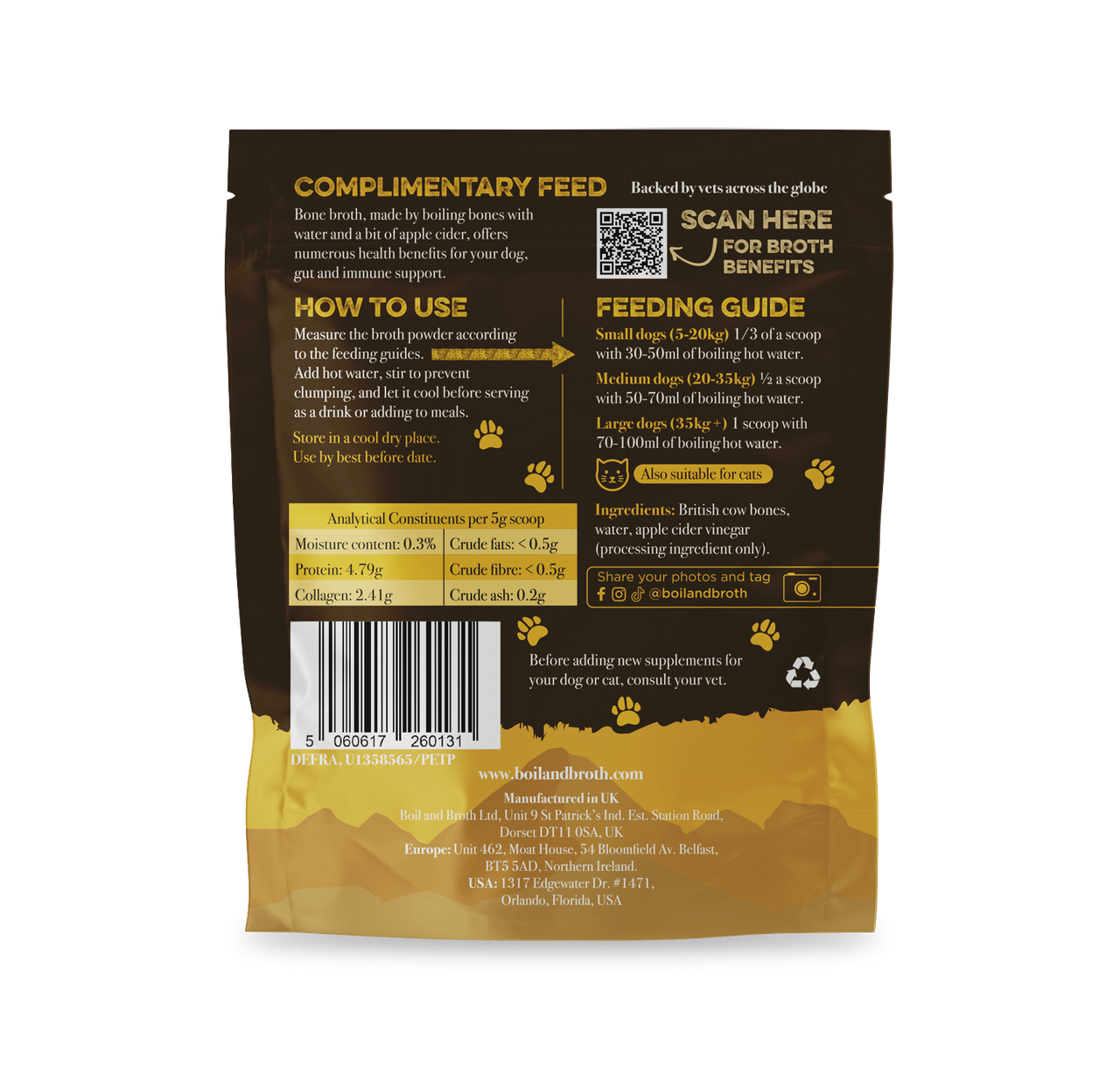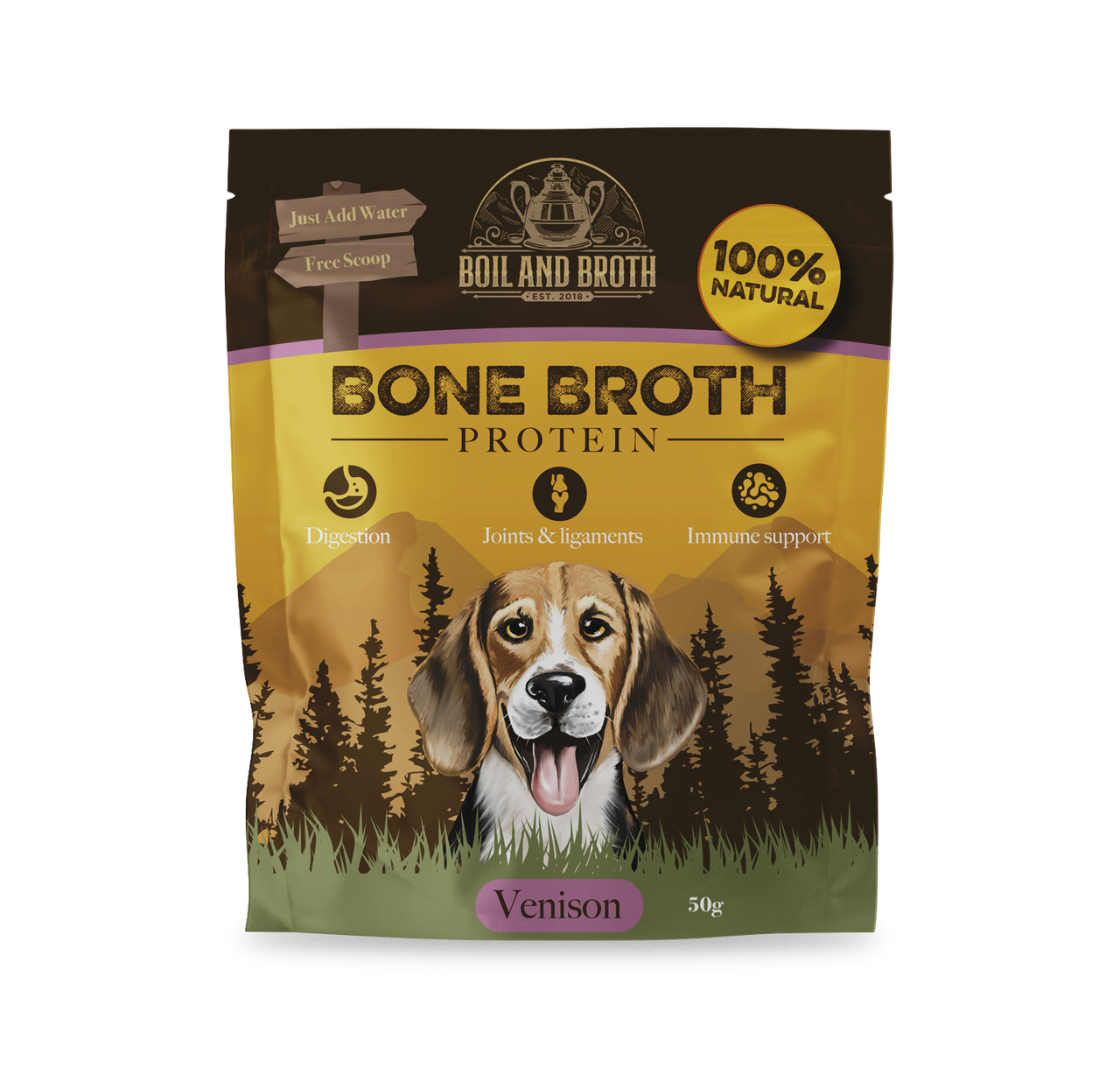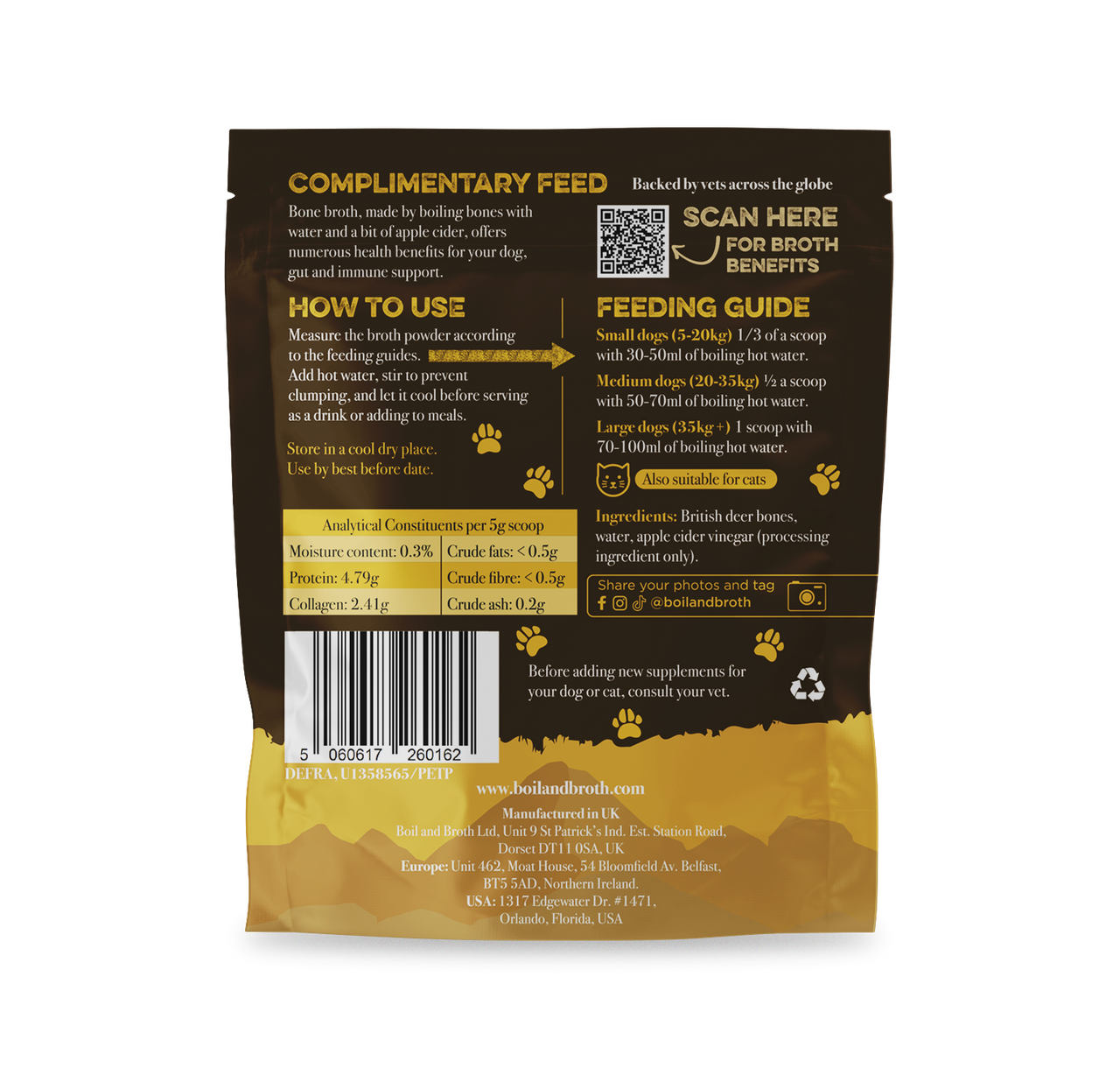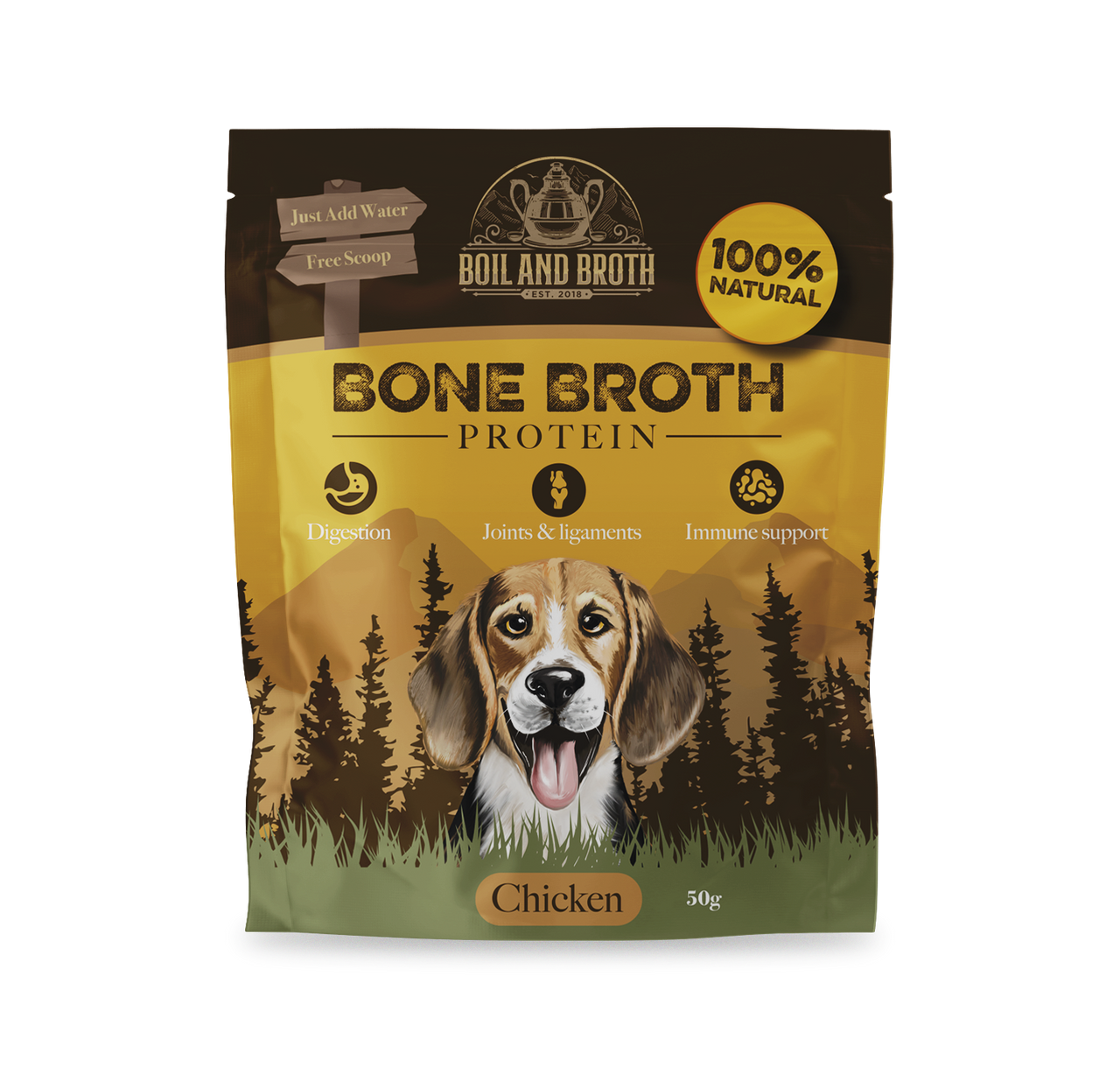
Six Foods to Support Eye Health for Dogs
| Did you know that nutrition can really benefit eye health, a fact that is often overlooked? |
Dogs can suffer from painful, red, irritated, dull, and dry eyes just like humans. Hydrating foods, lubricating oils, and nourishing proteins can prevent excessive evaporation and increased lubrication to the eyes. Perhaps you have an accident-prone furry who gets a scratch during playtime and despite conventional medicine of antibiotics and lubricant drops, the eye is healing slowly and it feels like it is just waiting for a specific nutrient? Either way you can use the food list below to support a variety of chronic eye conditions and situations where the eyes need a little nutrition boost!
“Woof!” Oh yes, that’s right Esmeralda, we have to look after the humans too! Did you know our dry eye rates have increased during the pandemic due to excessive screen time? So why not include a few of these foods for both you and your dog and enjoy the sunshine…
My Top Six Foods to Support Eye Health
Purple foods such as purple sweet potato, beets, red cabbage and blueberries hold pigments which are rich in anthocyanins; this family of antioxidants protects cells, particularly of the eyes and vessels. Further, the dietary xanthophylls, lutein and zeaxanthin have been found to filter out blue light, providing protection to the retina from sun damage. I love how nature provides us with the things we need. Simply add a spoon of soft mashed purple vegetables to your dog’s dinner, especially when they are in season as a preventive. Roots are best cooked whole to retain pigments; include a little of the purple water, should the antioxidants leak during cooking.
Organ Meat is probably my main go-to with poorly eyes. It is an easy and well-loved way to supply vitamin A. Epidemiological studies have found that vision loss, dry eye and ulcers were common in Asian and African communities with low intakes of vitamin A; a vital consideration, especially if you are not feeding your dog organ meat. A few pieces of beef liver (5 g) is usually enough to meet vitamin A requirements; black stools indicate the body has absorbed enough so stop until stools return to a normal colour before continuing to feed. Assumed toxicity is low for vitamin A when consumed in food. However, in the case of supplements, it is important to stick to recommended dosages (Cod Liver Oil, for example, which is a common addition in many canine diets).
Oily Fish contains substantial amounts of omega 3. Docosahexaenoic acid (DHA) and Eicosapentaenoic acid (EPA) are two types of Essential fatty acids. They are labelled as Essential as they must be obtained through diet. Thirty percent of the retina is comprised of DHA. Omega 3 helps to keep water in between our membranes creating lubrication and reducing water loss. Being abundant in oily fish, mackerel, sardines, salmon, herring, and sprats are some good choices; if you are using canned fish try to buy in spring water or drain excess oil before feeding. If you are feeding your dog raw and exclude fish for this reason, then a fish oil supplement could be a consideration.
Eggs are a good source of omega 3, and also contain vitamin D. A Korean study showed a correlation between low levels of vitamin D and dry eye. Vitamin D was found to be involved in tear production. Did you know that vitamin D also works as a hormone to regulate the immune system? Given it is made by sunlight in humans (with a little coming from our diet) what better way than to get the best of both worlds by enjoying a sunny walk with your furry friend(s)?
Chickpeas are a good source of protein. Our DNA, cells, tissues, and organs are made from the proteins we eat. Single units of proteins are called amino-acids, 10 of which are Essential. A 1981 study (Vainisi et al.) found that one of the required amino-acids, Arginine, prevented cataracts in wolf-puppies; while the mechanism remains unknown, I have always found chickpeas to aid lubrication and clarity of the eyes! Opinions vary on legumes as they are hard to digest. I feed them but occasionally rather than as a staple, and always mash them well to increase digestibility; remember to rinse canned chickpeas if you are using them instead.
Beef mince is rich in zinc, (Oysters for humans?). Zinc has many roles in the body including fertility, cellular repair, skin and eye health, and the production of connective tissue. In particular, zinc is needed to release vitamin A from the liver which is then used to form a protective layer of melanin in the retina of the eyes. Zinc is commonly low in most home-prepared diets (unless you are feeding predominantly beef mince), so it is always best to seek advice. If I am free-feeding I like to include at least a spoon of beef mince to each meal for some consistency. Also, note that beef liver is high in copper which can also lower the absorption of zinc. I do feed beef liver and keep it at 5g for a small dog to be respectful of zinc: copper balance; other livers, such as chicken, have less so you can feed more – around 40g for a small dog.
| Non-foodie tip! |
I place a moist cloth over the eye area when my dog is at rest to form an aqueous environment. I use coconut oil to lubricate which has anti-bacterial, anti-fungal, and anti-inflammatory properties and the damp cloth can trap some moisture. Use a soft cotton cloth and soak it in some boiled water with a few drops of coconut oil. With very clean hands, wait for the mix to cool and remove excess water, trying to not touch the cloth to avoid bacterial contamination. When it is a suitable temperature, place the damp cloth over the eye area. I leave the cloth over the eye area while it remains wet and my dog is comfortable. Alternatively, gently wipe the eye area with a little coconut oil but make sure your hands are nice and clean; in the case of the flat-faced breeds (where the fold above the nose is prone to fungal growth) always carefully dry their folds afterward with a dry piece of the cloth. Furthermore, you can add herbs that are known for their cooling and demulcent properties; for safety, I do this under consultation only and I mention these points so readers are aware there are other effective alternatives.
Please get in touch should you require more information. www.naturopathiccanine.com
| The recommendations are for a healthy dog suffering from dry eye or other mild symptoms. Eyes are complex organs and therefore any changes could be serious. Furthermore, eye conditions can exacerbate quickly so always contact your veterinarian. |
Disclaimer: Nutrients never work alone. Nor do they have a single function; a complete and balanced diet is vital to make sure your dog is getting all the nutrients they need for optimal health long-term. The foods listed above should be considered as an addition(s) to a current diet. Single foods should not be relied upon for any lengthy period of time as each food has a varying nutrient profile, potentially leading to imbalances within a dog’s given diet. Further, the foods mentioned will not suit all dogs as they vary intolerance. If your dog is displaying symptoms, it is prudent to speak to a qualified professional to assess their diet and make sure all the required nutrients are being provided for and in the correct balance. The content of this blog is not intended to be a substitute for professional veterinarian advice, diagnosis, or treatment. If your dog suffers from a pre-existing condition and/or is on medication, you should not make dietary changes without taking advice from a veterinarian or Nutritional Therapist.










